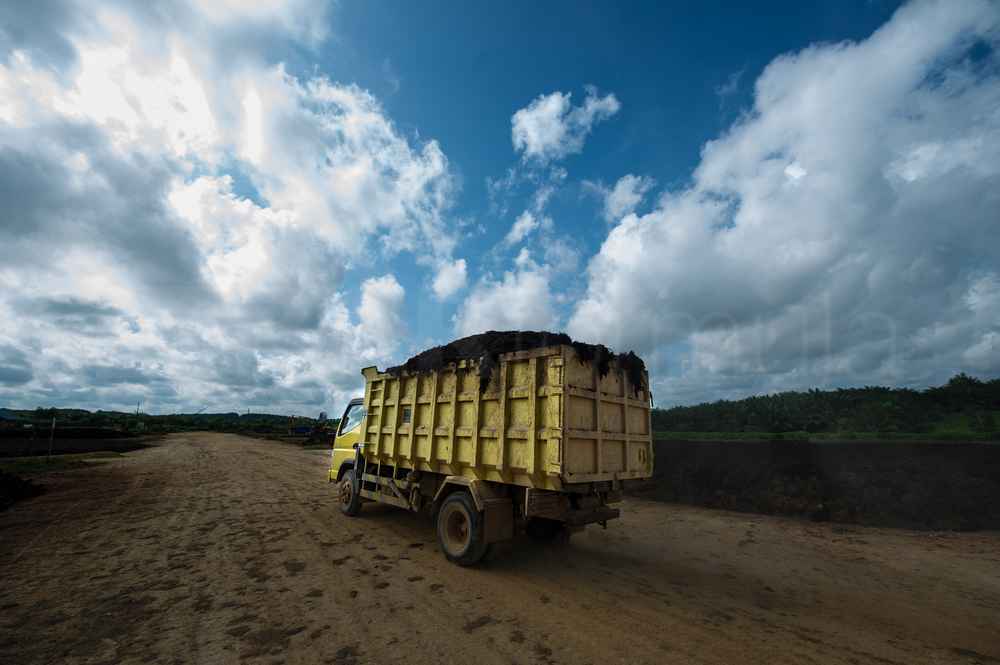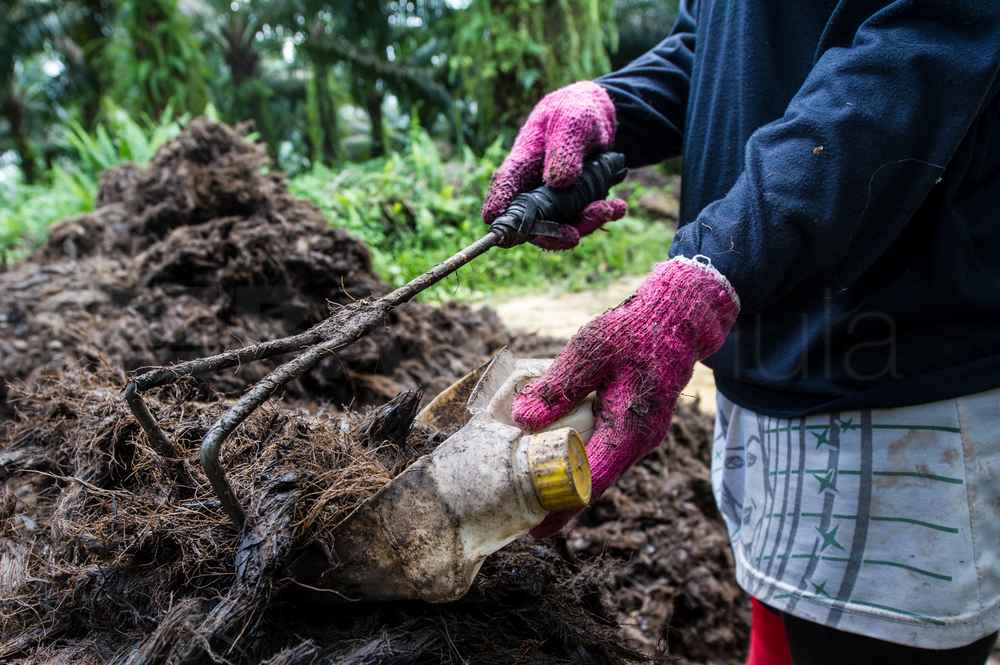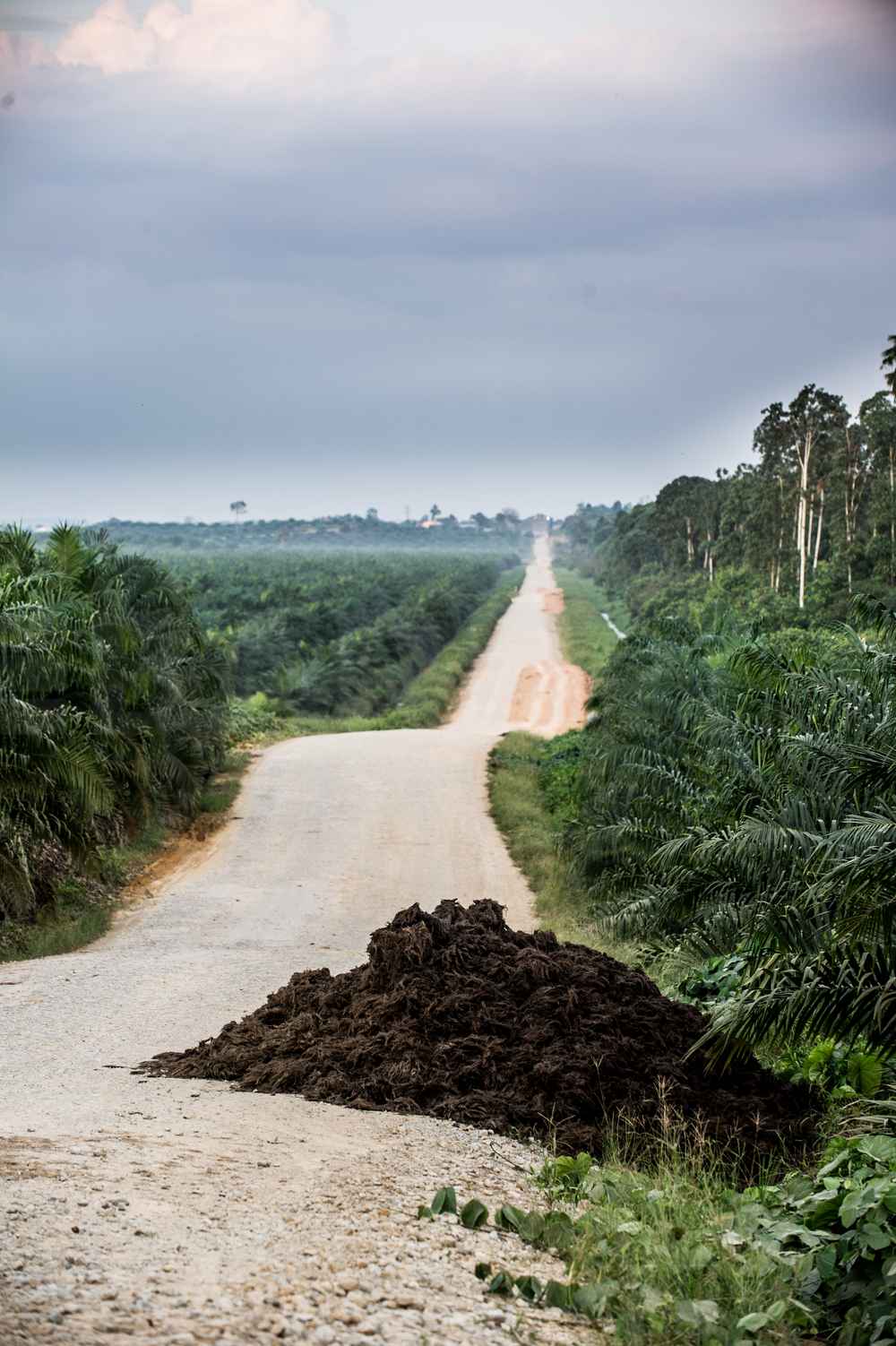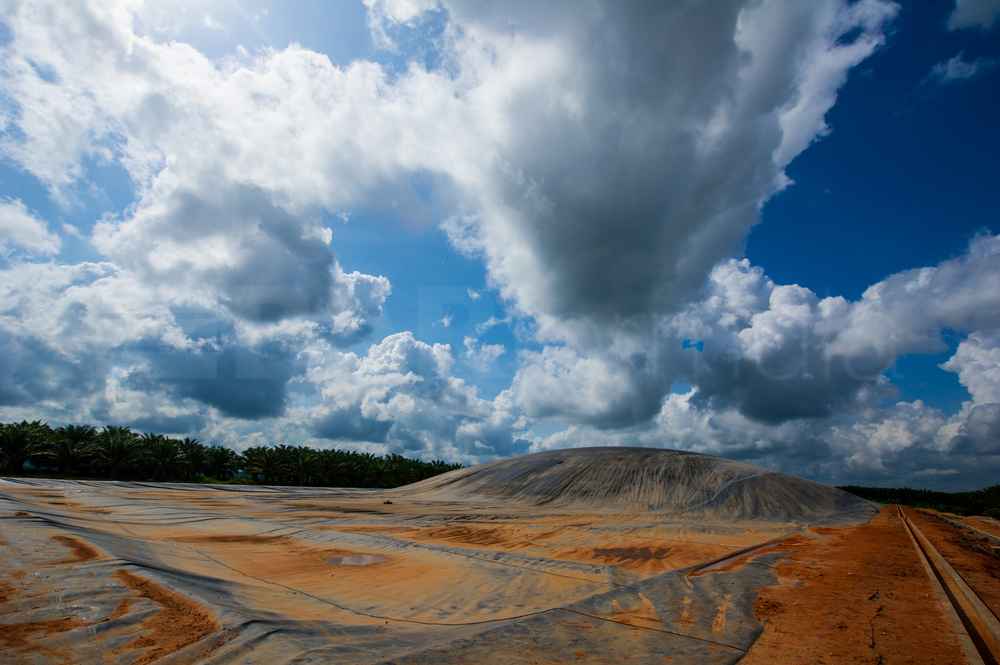The Science 9
Making Dollars and Sense.
In the International Journal of Life Cycle Assessment, Heinz Stichnothe and Frank Schuchardt study a comparison of different treatment options for palm oil production waste on a life cycle basis.

In 2017, 45 million metric tonnes of palm oil was produced. The production of 1 t crude palm oil requires 5 t of fresh fruit bunches (FFB). On average, processing of 1 t FFB in palm oil mills generates 230 kg empty fruit bunches (EFB) and 650 kg palm oil mill effluent (POME) as residues. These residues cause considerable environmental burdens, particularly greenhouse gas emissions. In order to reduce those emissions, four waste management options are compared in the present study using 1,000 kg of FFB as the functional unit.
Using a detailed life cycle model they were able to calculate the environmental impacts of POME and EFB treatment. The options under investigation are:
- dumping EFB and storing POME in ponds,
- returning EFB to the plantation and POME as before,
- using EFB and POME for co-composting and returning the produced compost to the plantation,
- generating biogas from POME and thereafter as in (3).
They found that the main contributor to the Global Warming Potential (GWP) is Methane from POME and EFB dumping. The GWP of palm oil mill waste treatment can be reduced from 245 kg CO2eq per ton FFB to up to 5 kg CO2eq per ton FFB due to reduced methane emissions and nutrient recycling.

Co-composting of POME and EFB leads to considerable nutrient recovery, in addition to GWP reduction. Thus, the composting process reduces not only environmental burdens; it also leads to net environmental benefit regarding most environmental impact categories, e.g., acidification potential, eutrophication potential, ozone layer depletion potential, etc. due to the avoided emissions from inorganic fertilizer production.
The recovery of nutrients in EFB can be achieved by solely returning it to the plantation, but only the combined treatment of EFB and POME allows nutrient recovery from POME while Methane emissions from pond systems are avoided simultaneously. The fermentation of POME to produce biogas reduces environmental burdens when operating under best practice conditions. However, fugitive biogas emissions of more than 2% reverse that beneficial effect.

A life-cycle-based comparison of conventional and advanced treatment systems for EFB and POME can support decision makers regarding waste treatment options and provide information on technology risks involved. The results of this study may be used as basic calculation data for clean development mechanism for palm oil mills. LCA is shown to be a powerful tool to estimate and compare environmental impacts of different options.
Unfortunately, it is rarely used in the palm oil industry in order to improve or optimize palm oil production systems. This study has shown that nutrient recovery from POME and EFB offers considerable environmental and economic benefits to palm oil production systems. However, using EFB for energy production, as it is discussed and realized by some palm oil mills, prohibits environmental beneficial POME utilization. Best waste management practice reduces emissions at palm oil mills and consequently the carbon footprint of palm oil products. Composting of EFB and POME, with or without prefermentation of POME in a biogas plant, is a profitable way to use the nutrients from both POME and EFB.
